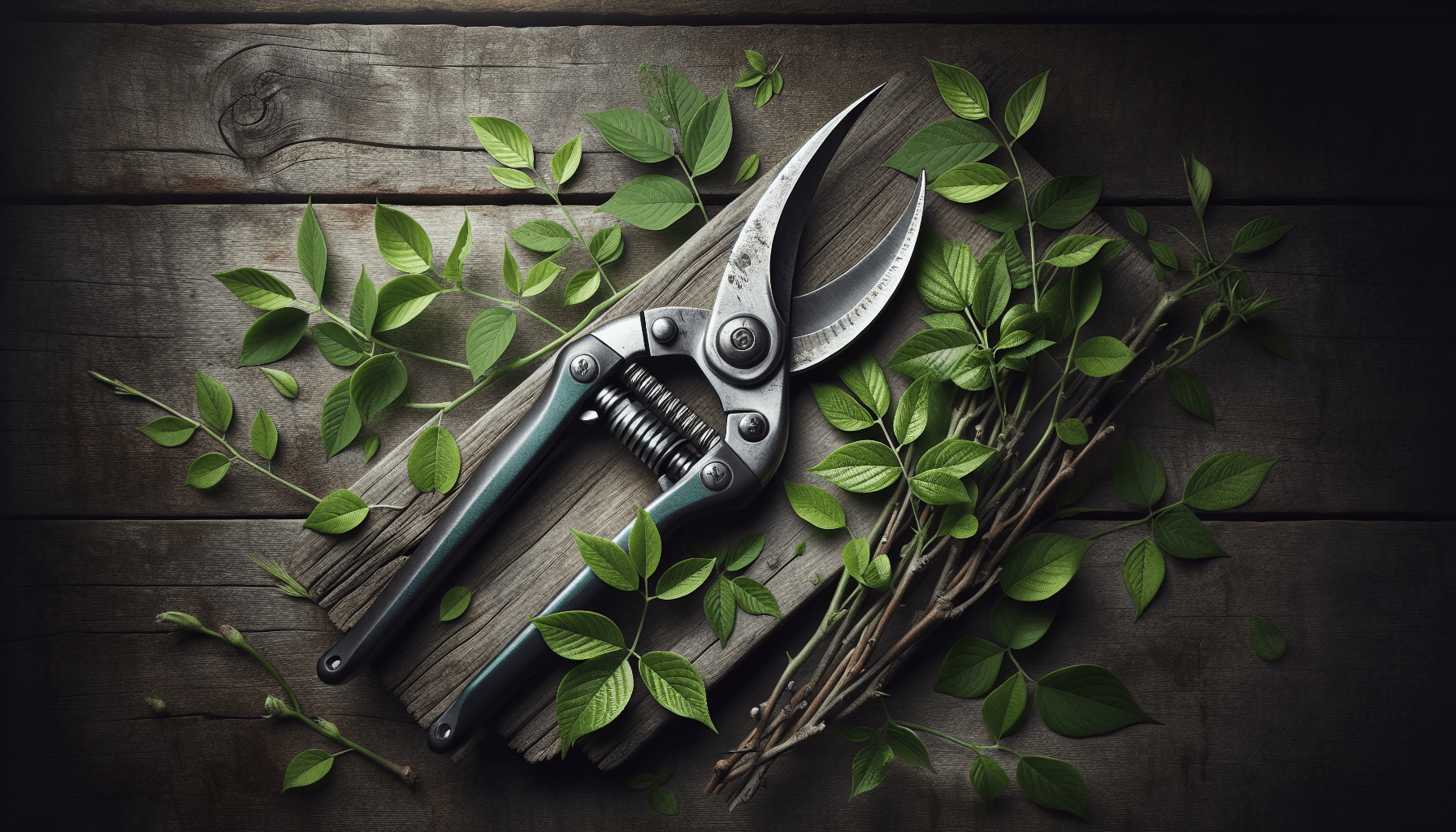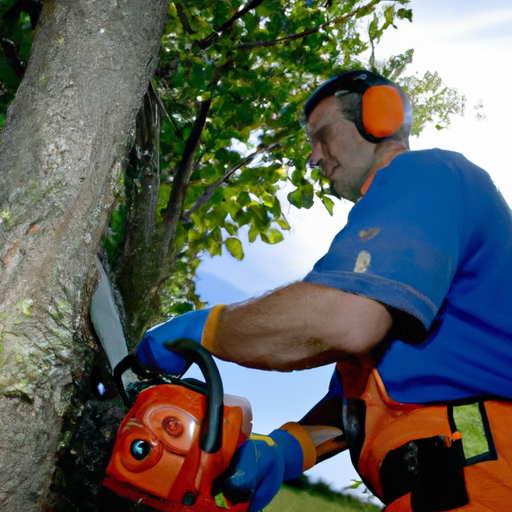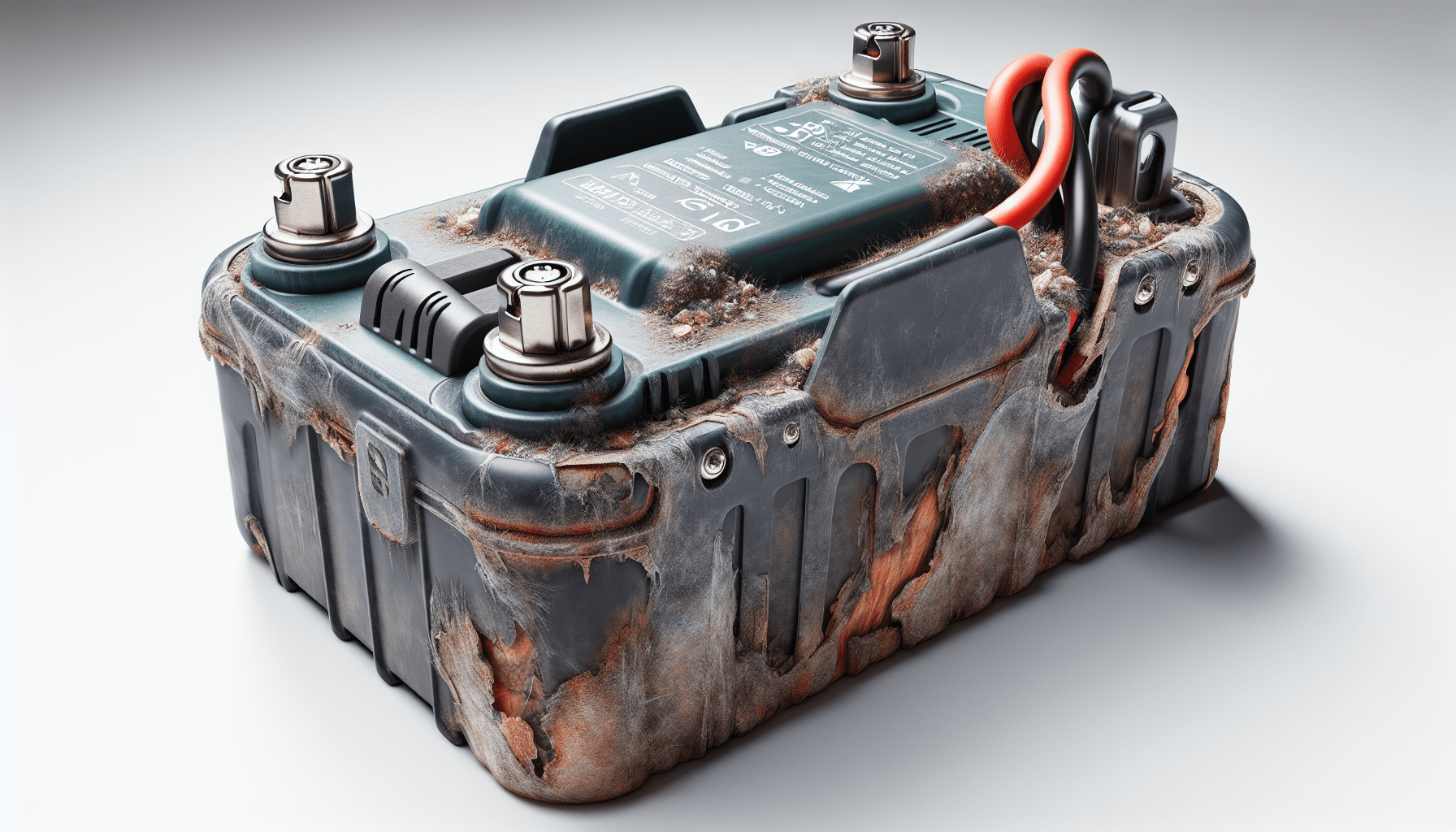If you’re looking to tackle overgrown branches in your backyard or give your tree a little trim, you may be wondering what the best tool is for the job. Whether you’re a seasoned gardener or a beginner with a green thumb, finding the right tool can make all the difference. In this article, we’ll explore the various options available for cutting back a tree and help you choose the best tool for your specific needs. Whether you prefer the precision of pruning shears or the power of a chainsaw, we’ve got you covered. What is the best tool to cut back a tree?
Have you been looking out your window at an overgrown tree in your yard, wondering how you can tackle the task of cutting it back? Knowing the right tool for the job is essential to ensure that the job is done effectively and safely. In this article, we will explore the best tools for cutting back a tree, along with their uses and features. By the end of this article, you’ll have the knowledge and confidence to tackle this project yourself.
Types of Tree Cutting Tools
When it comes to cutting back a tree, there are several tools available for you to choose from. The type of tree cutting tool you should use depends on the size of the tree, the thickness of the branches, and your comfort level with using each tool. Here are some of the most common types of tree cutting tools:
Hand Pruners
Hand pruners, also known as pruning shears, are small and easy to use tools that are perfect for cutting small branches and stems. They work well for branches that are 1 inch in diameter or less. Hand pruners come in two types: bypass pruners and anvil pruners.
Bypass pruners have two sharp blades that pass each other like scissors, providing a clean cut that is healthier for the tree. Anvil pruners, on the other hand, have one sharp blade that cuts down onto a flat surface, which can crush the branch slightly. Bypass pruners are generally considered the better option for tree cutting.
Loppers
Loppers are similar to hand pruners but are larger and have long handles for better leverage. Loppers are useful for cutting branches that are up to 2 inches in diameter. Like hand pruners, loppers also come in bypass and anvil varieties. Bypass loppers are recommended for tree cutting due to their cleaner cuts.
Handsaw
Handsaws are tools with sharp teeth designed for cutting through branches that are too large for hand pruners and loppers. Handsaws come in different sizes and types, including bow saws, folding saws, and straight pruning saws. Bow saws are ideal for cutting thicker branches, while folding saws are convenient for pruning on the go.
Handsaws are suitable for branches up to 5 inches in diameter and are more precise than using a chainsaw, making them a great tool for beginners.
Chainsaw
Chainsaws are powerful tools that can quickly cut through large branches and tree trunks. They are suitable for branches that are over 5 inches in diameter. Chainsaws come in gas-powered, electric, and battery-powered varieties, each with its own advantages and disadvantages. Gas-powered chainsaws are more powerful but are also heavier and require more maintenance.
Chainsaws should only be used by individuals who have received proper training, as they can be dangerous if not handled correctly. Safety equipment, such as gloves, goggles, and ear protection, is essential when using a chainsaw.
Pole Pruners
Pole pruners are tools with a long handle that allows you to reach high branches without using a ladder. They are perfect for pruning trees that are too tall to reach with other tools. Pole pruners come in manual, electric, and gas-powered varieties.
Manual pole pruners are lightweight and easy to use, making them a great option for beginners. However, electric and gas-powered pole pruners are more powerful and allow you to reach even higher branches.
Factors to Consider When Choosing a Tree Cutting Tool
When choosing a tree cutting tool, there are several factors to consider to ensure that you select the best tool for the job. Here are some important factors to keep in mind:
Tree Size
The size of the tree you are cutting back will determine the type of tool you should use. Smaller trees with thinner branches can be pruned with hand pruners, loppers, or a handsaw. Larger trees with thicker branches will require a chainsaw or pole pruner.
Branch Thickness
The thickness of the branches you are cutting will also impact the type of tool you should use. Hand pruners are suitable for branches up to 1 inch in diameter, while loppers can cut branches up to 2 inches in diameter. Handsaws are ideal for branches up to 5 inches in diameter, and chainsaws are best for branches over 5 inches in diameter.
Personal Comfort
Consider your comfort level with using each type of tree cutting tool. If you are a beginner, you may feel more comfortable starting with hand pruners or loppers before moving on to handsaws or chainsaws. Pole pruners are a great option if you are not comfortable using a ladder to reach high branches.
Safety
Safety should be your top priority when using tree cutting tools. Make sure you wear the appropriate safety equipment, such as gloves, goggles, and ear protection. If you are using a chainsaw, receive proper training before operating the tool to prevent accidents.
Tool Maintenance
Consider the maintenance requirements of each tree cutting tool before making your purchase. Gas-powered tools require more maintenance than electric or manual tools and may not be suitable for beginners. Make sure you properly clean and store your tools after each use to ensure their longevity.
Choosing the Best Tool for Your Tree Cutting Needs
Now that you are familiar with the different types of tree cutting tools and the factors to consider when choosing a tool, let’s discuss how to select the best tool for your tree cutting needs. Here are some tips to help you make an informed decision:
Assess the Size and Thickness of the Branches
Start by assessing the size and thickness of the branches you need to cut. Use a measuring tape to determine the diameter of the branches to ensure that you select a tool that can handle the job effectively. Remember that it is always better to choose a tool that can handle thicker branches than you think you need, as this will save you time and effort.
Consider Your Comfort Level
Consider your comfort level with using each type of tree cutting tool. If you are a beginner, start with smaller, easier-to-use tools like hand pruners or loppers before moving on to larger, more powerful tools like handsaws or chainsaws. Always prioritize safety and choose a tool that you feel confident using.
Think About Safety
Safety should always be your top priority when cutting back a tree. Make sure you wear the appropriate safety equipment, such as gloves, goggles, and ear protection, to prevent injuries. If you are using a chainsaw, receive proper training before operating the tool to avoid accidents.
Factor in Tool Maintenance
Consider the maintenance requirements of each tree cutting tool before making your purchase. If you are a beginner or prefer low-maintenance tools, opt for electric or manual tools that do not require as much upkeep as gas-powered tools. Remember to clean and store your tools properly after each use to prolong their lifespan.
Conclusion
Choosing the best tool to cut back a tree is essential to ensure that the job is done effectively and safely. By considering factors such as tree size, branch thickness, personal comfort, safety, and tool maintenance, you can select the right tool for your tree cutting needs. Whether you are a beginner or a seasoned pro, there is a tree cutting tool out there that is perfect for you. So grab your tools, put on your safety gear, and get ready to tackle that overgrown tree in your yard!



